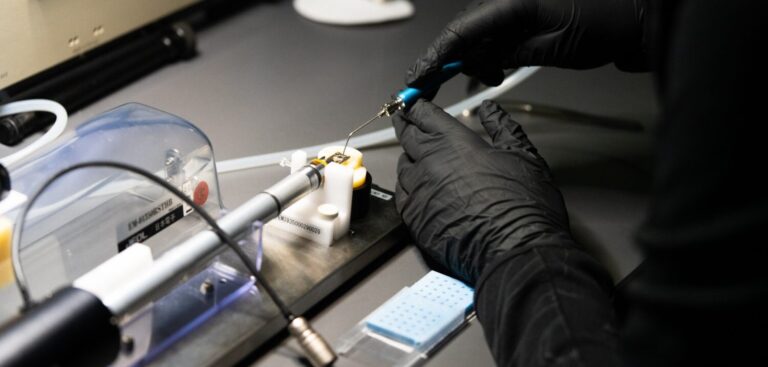The USA-based Toyota Research Institute (TRI) and Northwestern University have announced a collaboration to help accelerate new materials discovery, design and development with the world’s first nanomaterial “data factory”. This AI-driven methodology is stated to go far beyond the traditional trial and error approach by exploring vast parameter sets, collecting data and then empowering AI to search the materials genome to find the best materials for a given application.
The first application of the data factory will be used to discover new catalysts to make fuel cell vehicles more efficient. TRI and Northwestern believe this method of materials discovery will have wide-ranging applications in the future such as clean hydrogen production, CO2 removal from air and high-efficiency solar cells.
“Meeting the growing demand for mobility without emitting carbon is a major challenge,” said Brian Storey, TRI senior director of energy and materials. “Through this partnership with Northwestern, we have significantly reduced the time it takes to test and find new materials that can be used in batteries and fuel cells to decarbonize transportation.”
TRI and Northwestern developed a machine learning algorithm capable of synthesizing materials at record speeds to sift through Northwestern’s new Megalibraries — a library containing more new inorganic materials than scientists have ever collected and categorized. Together, these concepts create the first nanomaterial data factory — a groundbreaking effort to create and mine large sets of high-quality, complex first-party data. The team is using this new approach to find catalysts that can be used instead of expensive, rare materials the world currently depends on, such as platinum and iridium.
“This groundbreaking research marks an inflection point in how we discover and develop critical materials,” said Chad Mirkin, director of the International Institute for Nanotechnology and the George B Rathmann Professor of Chemistry at Northwestern. “Together with TRI, we’re poised to empower the scientific community to find the best materials that can truly power the clean energy transition.”


